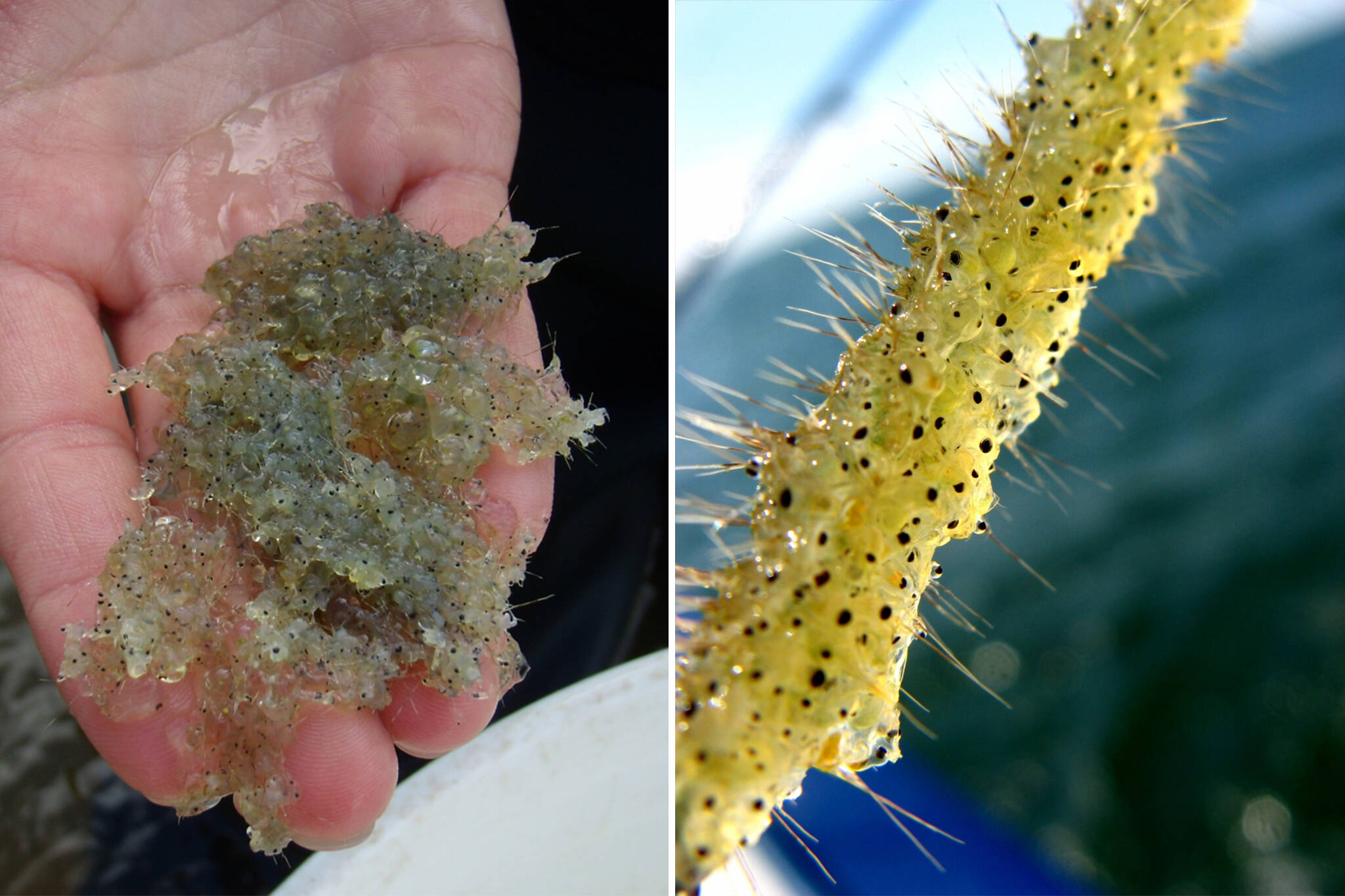
Self-replicating predatory 'water fleas' are taking over Ontario lakes
Ontario's lakes and waterways are being taken over by all sorts of alien-like species that look like they were ripped straight from a horror flick, from self-cloning crayfish to parasitic blood-sucking lamprey, and even tiny little predators known as 'water fleas' that are devastating local ecosystems.
Two invasive species of small predatory planktonic crustaceans known as spiny and fishhook waterfleas (Bythotrephes longimanus and Cercopagis pengoi) can be found in Ontario waters, present since the late 20th century and now considered the greatest threat to zooplankton biodiversity in the Canadian Shield since acid rain.
These species of zooplankton — which rely on water currents and wind to travel through bodies of water — are able to reproduce asexually, by cloning, as well as the old-fashioned method of doing the nasty. Just one of these animals can quickly establish a vast population.
This versatility, combined with eggs' ability to survive winters on lake bottoms, means these invaders can spread rapidly despite Canada's harsh conditions.
Preying on other zooplankton with their voracious appetites, these tiny predators drastically reduce food supplies for small fish and are a pressing ecological concern in the Great Lakes.
Both species are native to the Eurasian continent. Their first incursions into North America were reported in Lake Ontario, where they were introduced via the ballast of ocean-going ships transiting the St. Lawrence Seaway. The spiny waterflea was first sighted in local waters in 1982, and the fishhook species in 1998.
According to the province, the species is now present "in all the Great Lakes and in more than 100 inland lakes in Ontario," extending as far as Lake Winnipeg and the Winnipeg River in Manitoba.
Provincial officials say that the species "is not known to be anywhere else in Canada, but has been found in inland lakes of American states that border the Great Lakes."
While these critters are tiny (you'd need a microscope to identify key features) you can still easily see clumps of waterfleas congregating on fishing lines and nets, appearing like lumps of gelatin with small black spots.
Clumps of waterfleas look and feel like gelatin or cotton batting with tiny black spots.
Spiny waterflea sightings are common in summers, and numerous reports have been logged through the social network biodiversity app iNaturalist in recent years.
Fishook waterfleas, while believed to still be present in Ontario, have been less common. Only two sightings of the species are logged in the province on iNaturalist in a seven-year span between 2015 and 2022, and none since. Both of those sightings were reported in Lake Ontario, one occurring at Harbourfront in Toronto and the other in Hamilton Harbour.
While it's been some time since a confirmed sighting, boaters should remain vigilant and stay on the lookout for these marine invaders.
There is no known method of eradication or control for invasive waterfleas, and containment is the only measure available to stop the spread.
Laurie Wesson, Fisheries and Oceans Canada/Andrea L. Jaeger Miehls, Michigan State University
Latest Videos
Latest Videos
Join the conversation Load comments







